1856 Connecting to ‘a vital abolitionist tradition’
Harrowings
By Cecily Nicholson
Vancouver: Talonbooks, 2022
$19.95 / 9781772014051
Reviewed by Marguerite Pigeon
*
 A bright red tractor churning Southern Ontario soil, BC orchards, waving prairie wheat fields. Christian uplift, and hardscrabble Euro-immigrant toil. All idealized scenes that participate in a specific farming imaginary that lets some Canadians eat our veggies without much bile—mostly by bypassing colonial history.
A bright red tractor churning Southern Ontario soil, BC orchards, waving prairie wheat fields. Christian uplift, and hardscrabble Euro-immigrant toil. All idealized scenes that participate in a specific farming imaginary that lets some Canadians eat our veggies without much bile—mostly by bypassing colonial history.
These scenes don’t work for the west coast poet Cecily Nicholson. She demands a more capacious—tastier—picture of the farm that includes Black and Indigenous land stewards, collective resistance, and maybe some bowls of brilliant-coloured peppers with names like Sugar Rush Peach. In her recent book of poetry, Harrowings, Nicholson sets out to painstakingly remediate a Canadian agrarian discourse that leaves too many people out of the picture.
Harrowings presents untitled, linked poems, interspersed with textual accompaniments for a photo art project, and snippets of writings by key figures in the history of Black intellectual and farming history. These include Frederick Douglass; the eighteenth-century American poet Phillis Wheatley; the nineteenth-century publisher and writer Mary Shadd; and the twentieth-century Black scientist, environmentalist, and food security activist George Washington Carver.
In her opening poem Nicholson reaches towards a bronze sculpture of Carver’s hand: “the cast is cool / hand vibrates to feel the whole surface at once.”
The moment is brief, but feels sacred, as if, to steel itself for this poetic undertaking, Nicholson’s writing hand needs to make contact with a lineage of Black thinkers who shared an emancipatory vision of farming. The encounter confers abundance, as, elsewhere, Nicholson, marvels at her own capacity when she’s connected to land and history—
fertility and life I could never hold in me
springs from thumbs
a perfectly verdant ancestry
From there, Nicholson engages farming as a source of good food, healing, and resistance against headwinds of racism and displacement. She brings readers to a farm in Mission, where agrarian sights, sounds, and touch mingle with fraught cultural tropes. Amidst plantings, the poet is simultaneously relaxed and on alert:
tempers dim
breathing through the nose, shoulders bare
cooling
back amid a chorus of whirrs, grasses shake and curl
sweet and pounceable body
I can feel my place in extraction
hear how to centre / how hard to decentre
discourse that’s found me
determining
In Nicholson’s writing, discourse follows us to the furthest corners of the land, to the smallest seed in hand. To discern which “narrative deep ruts” are imposed on our thinking about farms takes rigour. For this, Nicholson turns to the documentary poetics she has already honed in her previous books, From the Poplars and Wayside Sang. In those (highly successful) works, Nicholson used archival work and fragments of site-specific language and images to explore, respectively, colonial erasure on an island near what is now called New Westminster, and car-saturated mobility across border areas between Southern Ontario and Michigan. From a highway road trip in Wayside Sang:
intimate feel of brakes
used too much
squeal worn insensitive
unresponsive
indicators or indications
trauma takes more time
bodies through climates
rolling stones
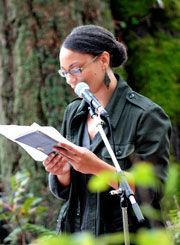
In Nicholson’s poetry, well-studied geographies always lay bare their discursive, and often dark, secrets, including anti-Black, and anti-Indigenous thinking and action.
On the farm, she finds another challenging, heterogeneous site. We learn that even as Euro-Canadian law and capital have installed private boundaries around farmlands in Ontario and BC, excluding Indigenous participation and prioritizing a narrow list of crops, a succession of liberatory movements for food security have co-existed there. Nicholson points to the lasting contributions, in Southern Ontario, of Josiah Henson, who, in the 1830s, bought land and established vocational training for Black people entering Canada from the US, some as ex-slaves. She cites the present-day influence of collectives, like Toronto Black Farmers, that foster mutual aid through food growing. And she invokes ongoing food-sharing traditions, like the Sikh communal meal called langar.
Nicholson immerses herself in this contradictory whirl of agrarian discourse:
The language and logics of
farm stem from structures of settler colonialism even if they embody
emancipatory practices. This makes for complicated dreams.
The poet seems most at home parsing such complications, an eager student of the land:
all in all, a farm is a good teacher
farming out from under the heat
abiding in trenches
hierarchies of settlement
bodies positioned
property divisions
sovereignty confronted in occupying and murderous ways
These lines hint at some of Canadian farming’s less often discussed associations, including the rippling effects, here in the north, of the violence of the US plantation economy. Anti-blackness and exclusion have pursued Black people on these lands since before Confederation, propagating the idea that Black people have no “place.” In Harrowings, Nicholson asserts (complex) belonging: “where have I been a settler is where I am / restored / returning to efforts of cultivation.”
Yet more complications are present in Nicholson’s agrarian geography. She explores the idea that the farm itself is a kind of prisoner, part of a splitting of land functions inherent to the colonial project. Rigid settler geography is mirrored in corporate farming practices (complete with surveilled migrant labour) and linked to “carceral” politics (techniques for regulating people through incarceration) that frequently criminalize Indigenous identity.
Nicholson’s own farming work takes place as a volunteer at Emma’s Acres in Mission, a food-growing social enterprise that welcomes formerly incarcerated people alongside the general public. Some poems in Harrowings think through interstices of farming and incarceration (“it is hard to write from inside” Nicholson notes, blending sadness and irony).
Poetically, Harrowings hems closely to the voice Nicholson has developed in earlier works. Syntactically oblique, her lines resist lyrical resolution. Instead, they offer partial snapshots from her field of interest, which accumulate as evidence for the poet’s vision.
This reader would have been eager to be guided more closely toward Nicholson’s own emotional geography, though we do get glimmers of her childhood in Ontario, and she hints at the release she feels as a poet-farmer: “how much easier it is to write my hands grasping at soil”
We also sense the pleasure the poet takes in the opulent vocabulary of seeds and farming. In Nicholson’s hands, words like “heirloom,” “leaders,” and “seed migration,” and references to the heat of chillies (which might be weaponized by law enforcement as compounds for pepper spray) take on altered meanings.
In this vein, Nicholson nods at Robert Kroetsch’s 1986 Seed Catalogue, a project that considered the question of what “grows a poet,” and what codes of Christian rectitude were smuggled into the language of planting during Kroetsch’s prairie upbringing. Kroetsch anticipated some of the carceral aspects of farming that Nicholson teases out more fully here. From Seed Catalogue: “We give form to this land by running // a series of posts // and three strands // of barbed wire around a ¼-section.”
Harrowings adds a welcome poetic facet to nascent cultural awareness, in North America, of Black reimaginings of the farm—some gonzo, as in the twisted land reclamation by the main character in Paul Beatty’s novel The Sellout, and some pop, as in the back-to-the-land social media presence of performer and influencer Kelis.
Throughout the book, this reader could feel Nicholson’s connection to a vital abolitionist tradition. Her documentary poetics add to this legacy, offering a new map of farming experience, where collective food growing expands not just species and dietary options, but belonging and knowledge of place.
*

Marguerite Pigeon writes poetry, fiction and reviews. Her latest publication, a book-length poem called The Endless Garment (Wolsak & Wynn) was named to The Globe and Mail’s Top 100 books list for 2021. Originally from Northern Ontario, she lives in Vancouver, where she runs a small editing and writing business, Carrier Communications. Editor’s note: Marguerite Pigeon’s The Endless Garment is reviewed here by Heidi Greco. Pigeon recently reviewed poetry by Arleen Paré in BCR.
*
The British Columbia Review
Interim Editors, 2023-24: Trevor Marc Hughes (non-fiction), Brett Josef Grubisic (fiction)
Publisher: Richard Mackie
Formerly The Ormsby Review, The British Columbia Review is an on-line book review and journal service for BC writers and readers. The Advisory Board now consists of Jean Barman, Wade Davis, Robin Fisher, Barry Gough, Hugh Johnston, Kathy Mezei, Patricia Roy, Maria Tippett, and Graeme Wynn. Provincial Government Patron (since September 2018): Creative BC. Honorary Patron: Yosef Wosk. Scholarly Patron: SFU Graduate Liberal Studies. The British Columbia Review was founded in 2016 by Richard Mackie and Alan Twigg.
“Only connect.” – E.M. Forster

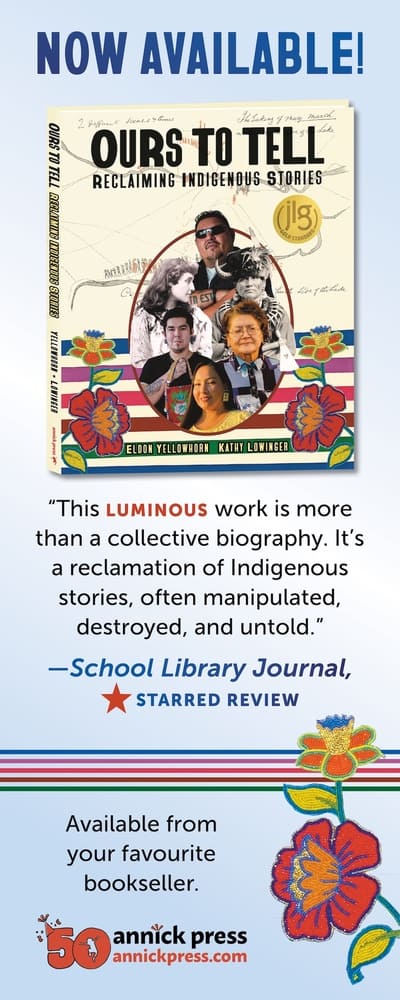
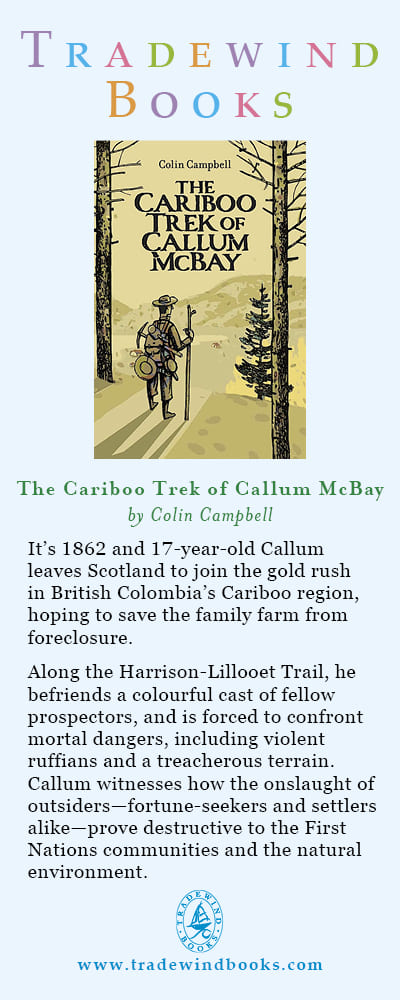


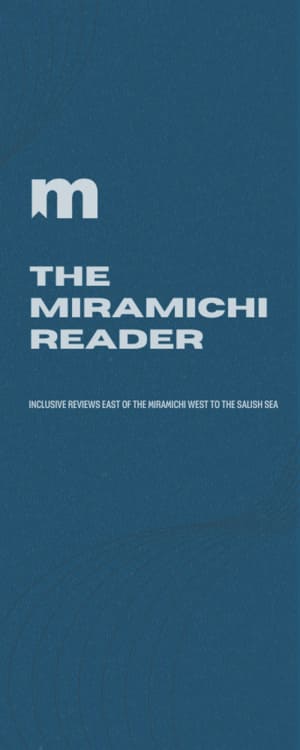
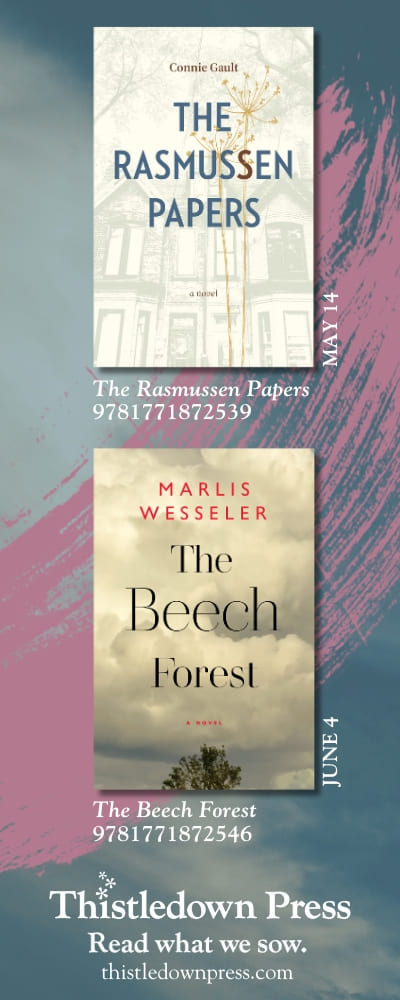


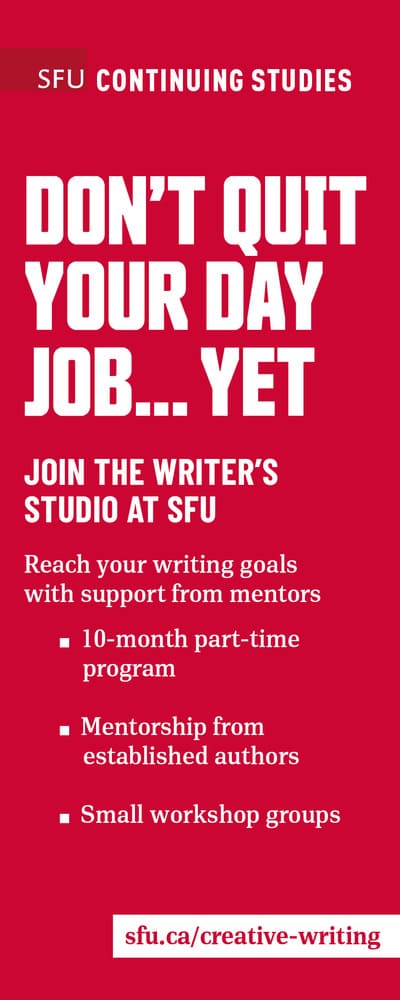
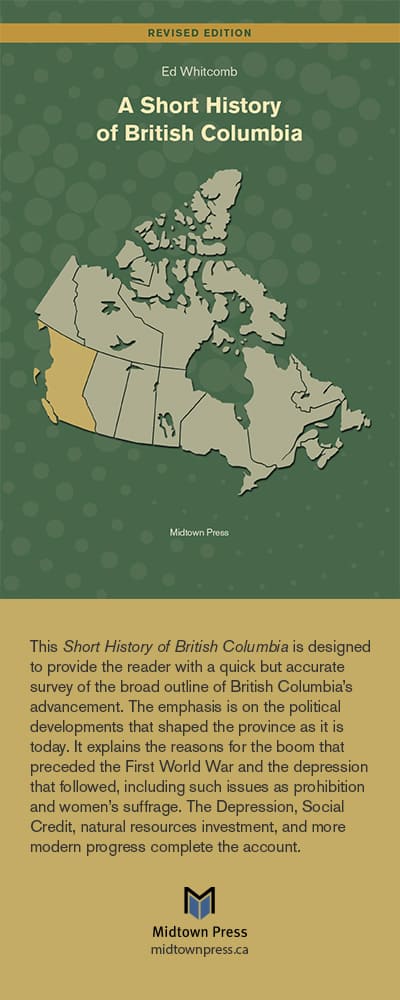

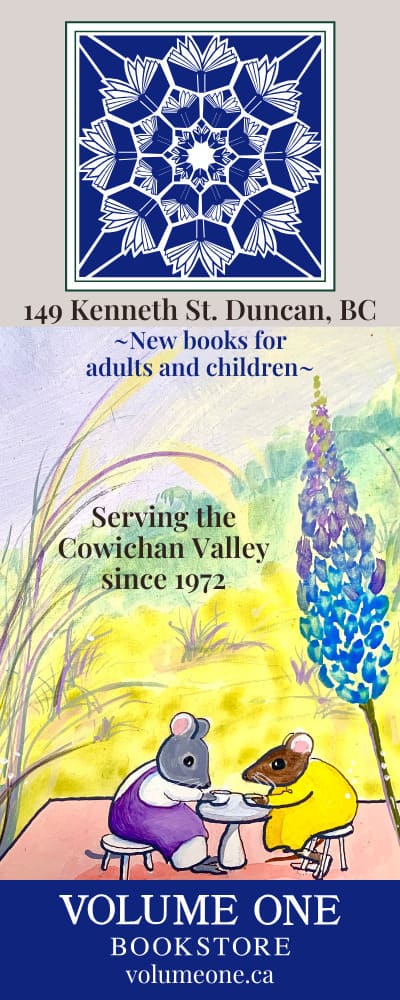
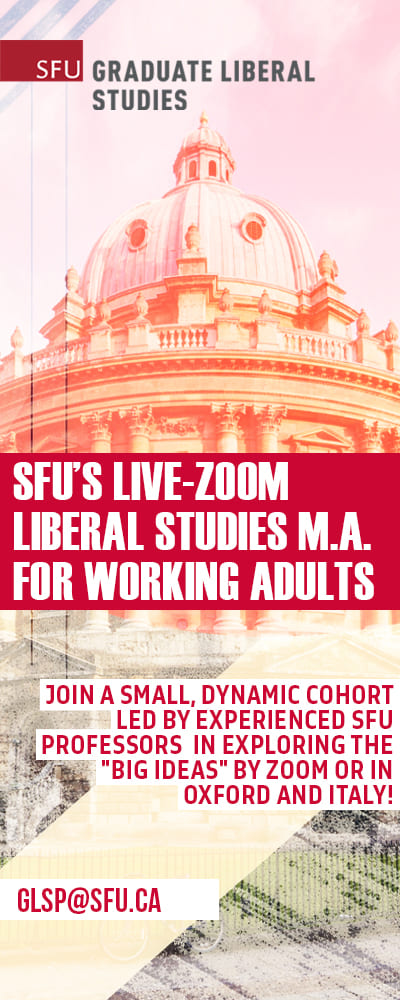

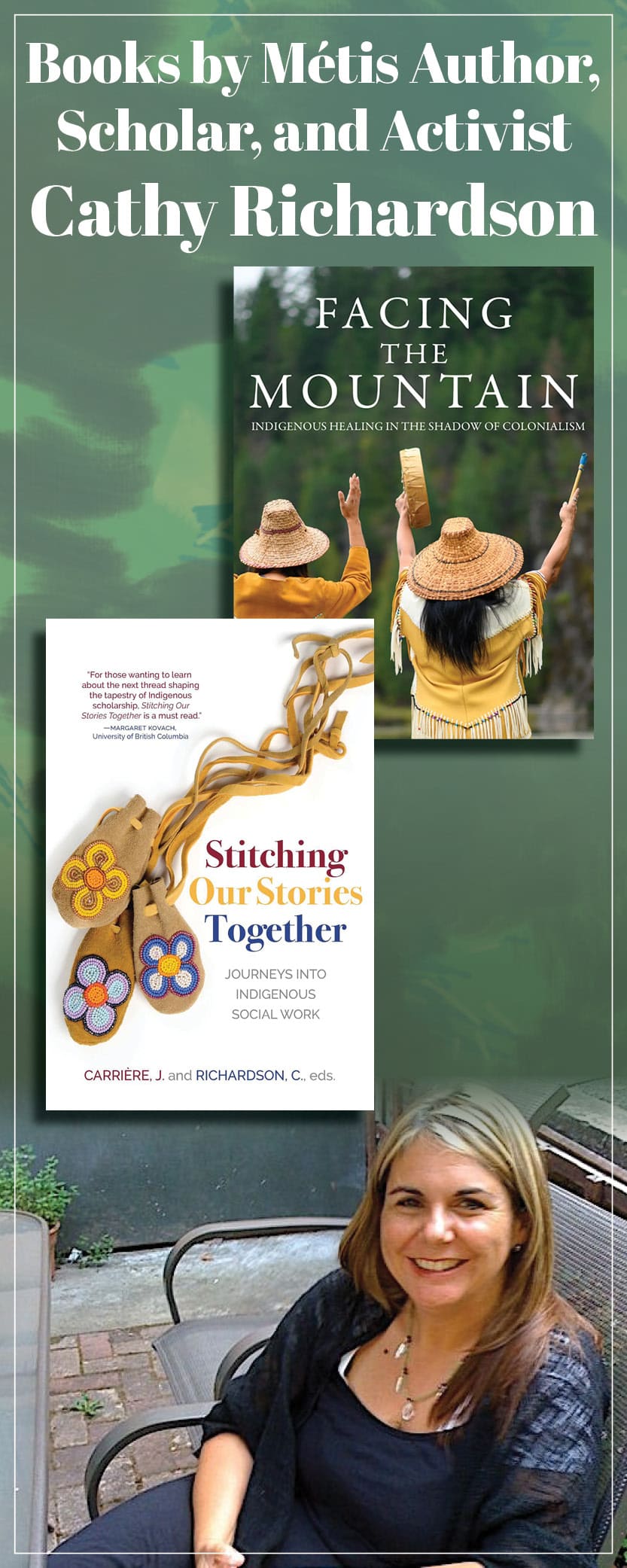
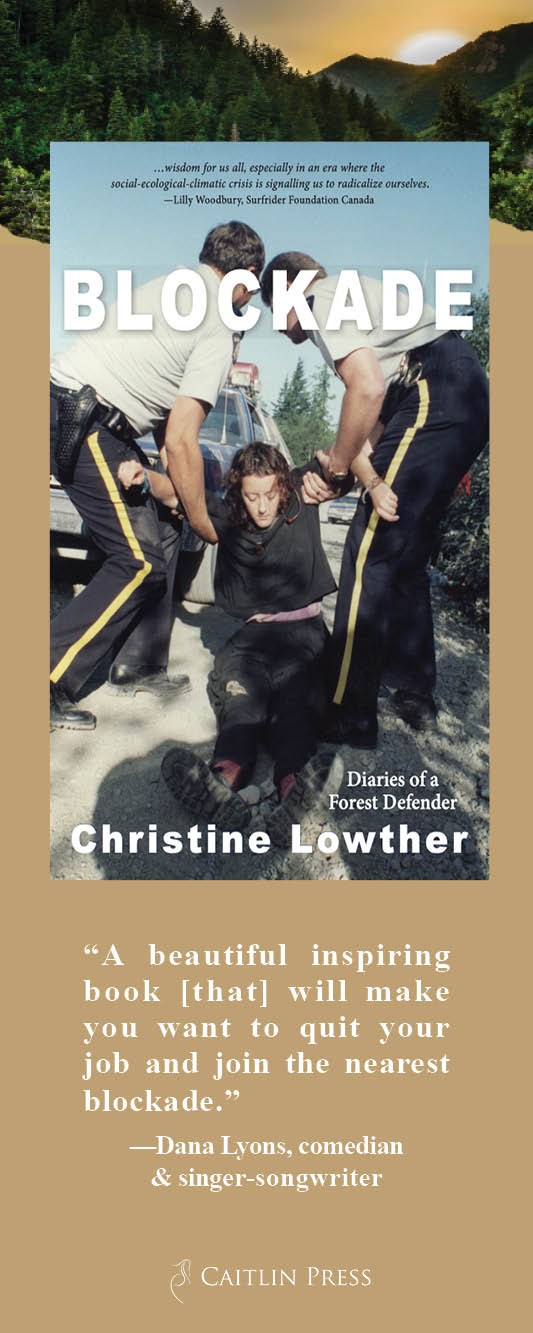







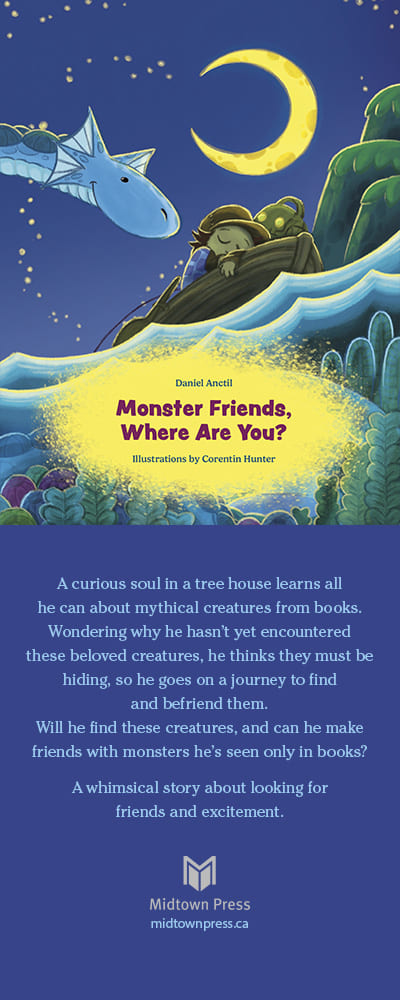
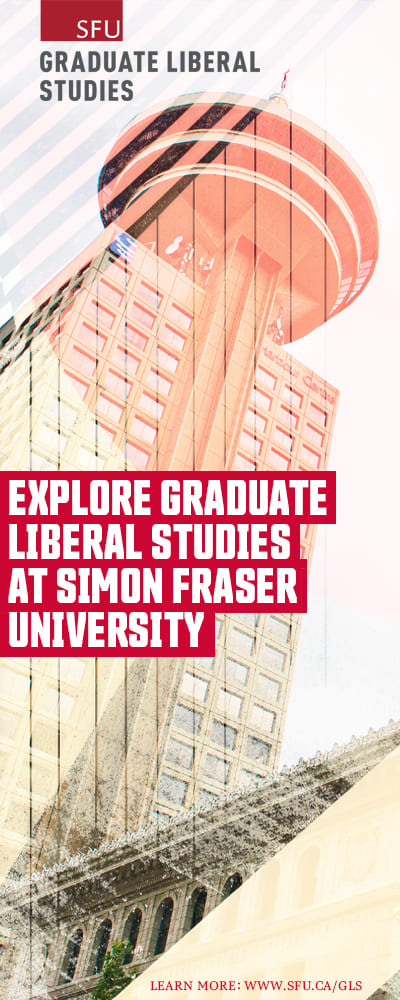
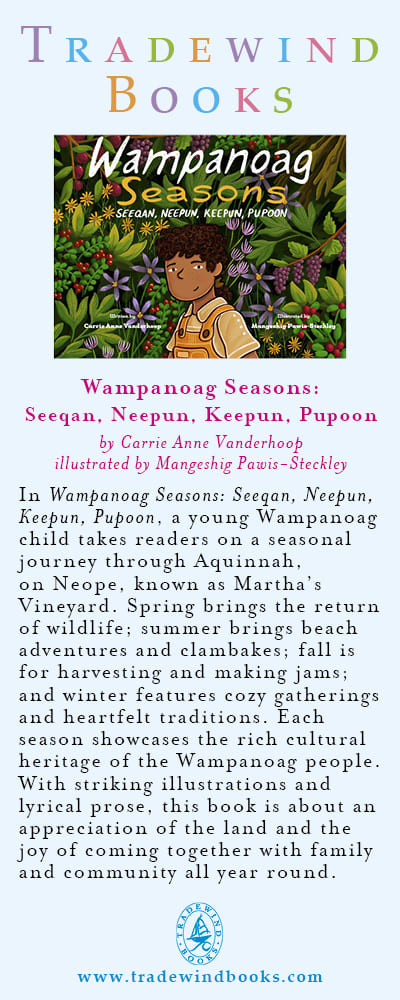


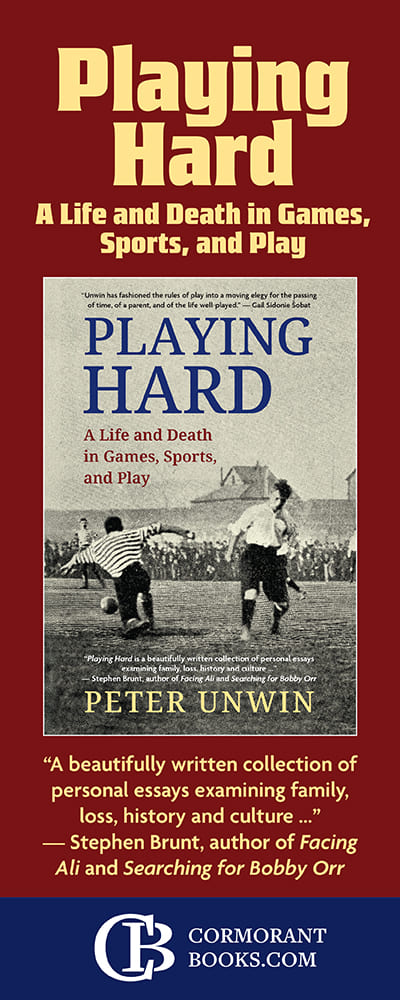

4 comments on “1856 Connecting to ‘a vital abolitionist tradition’”